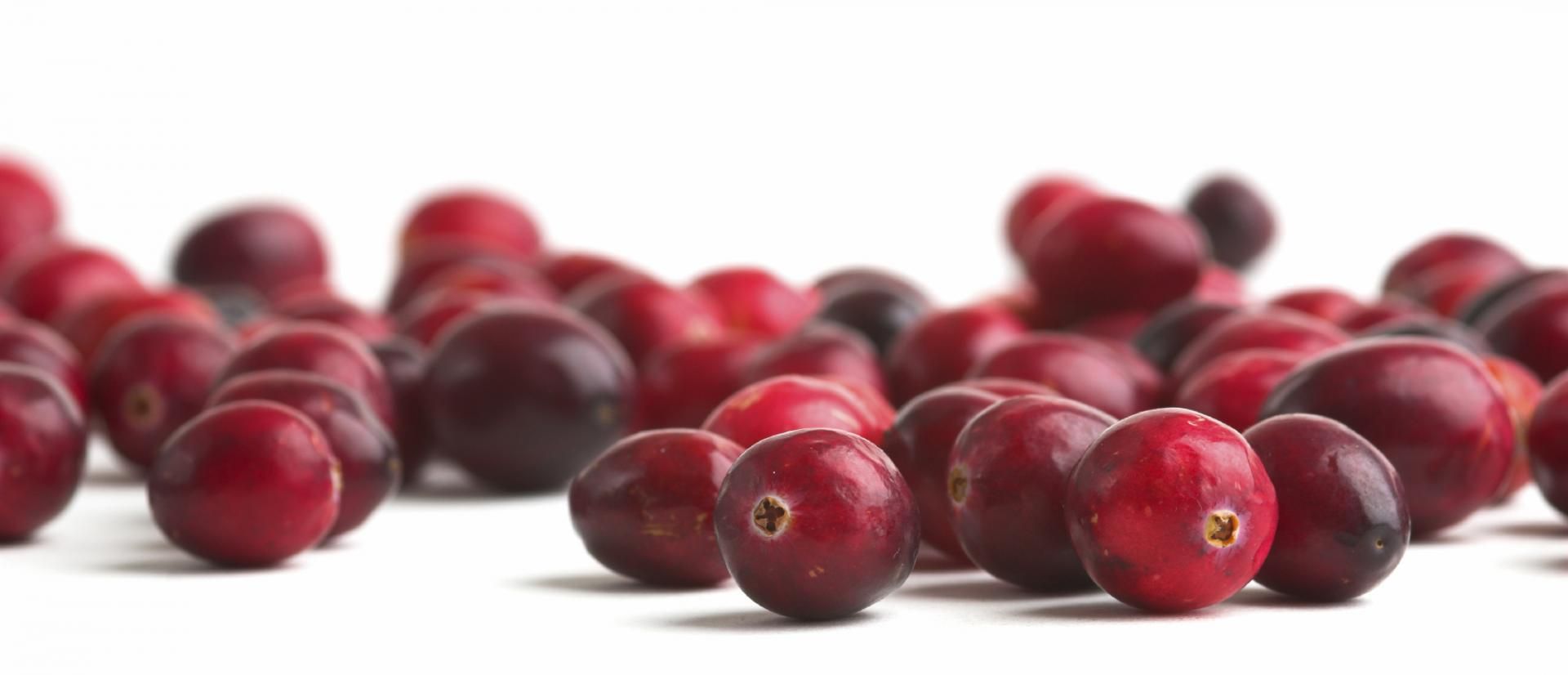MALDI-TOF Test Method Enhances Cranberry Authentication, Fruit d’Or Says
The MALDI-TOF method is instrumental in characterizing the proanthocyanidin (PAC) content in cranberries where other authentication methods, such as DNA testing, may fail.
Photo © iStockphoto.com/nsilcock

In July, cranberry ingredient supplier Fruit d’Or (Notre-Dame-de-Lourdes, QC, Canada) officially announced that it is using Matrix Assisted Laser Desorption Ionization Time-of-Flight mass spectrometry (MALDI-TOF) for cranberry authentication. According to the company, the MALDI-TOF method is instrumental in characterizing the proanthocyanidin (PAC) content in cranberries where other authentication methods, such as DNA testing, may fail. (Read about how Fruit d’Or is integrating both MALDI-TOF and DNA testing into its client services.)
MALDI-TOF is used to authenticate A-type PACs in both raw ingredients and finished products-namely, to confirm whether the cranberry constituents in a product actually come from authentic cranberry or whether constituents are adulterated.
“It is specifically capable of determining the molecular weight of PACs,” explains Christian Krueger, CEO of phytochemistry consultant Complete Phytochemical Solutions LLC (Cambridge, WI), which has been working with Fruit d’Or to advance cranberry testing. “The molecular weight distribution of PACs is very unique to each fruit, so PACs derived from cranberry would be very different from PACs derived from a grape seed extract or derived from pine bark. It’s a method for authenticating the source of the PACs.”
In other words, he says, “MALDI-TOF would tell you what [the PACs] look like.” In adulteration testing, he says, MALDI-TOF can show scientists whether “the distribution of that PAC series is not indicative of cranberry; thus, it must have come from a different source and it must have been adulterated.”
DNA testing is another method for ingredient authentication but may not always work if ingredients or products have been extensively processed in manufacture. “DNA has a very good application for authentication when it comes to natural products that are not highly refined and not highly processed. But it will potentially fail the more steps you take [the material] through,” Krueger explains. “It doesn’t mean that the product isn’t authentic; it just means that you need to have another tool in your tool set.” Steps that can degrade detectable DNA in a product include drying, milling, and extraction. DNA testing can also pick up the DNA presence of an unrelated ingredient due to cross-contamination in a facility, further muddling DNA results. In Fruit d’Or’s case, the company recently announced that it did subject its cranberry ingredients to DNA testing and was able to detect cranberry DNA at each step of manufacture, from frozen fruit through to drying, milling, and encapsulating. Stephen Lukawski, Fruit d’Or’s director of global business development, sales, and marketing, says this is a testament to the company’s gentle and low-temperature manufacturing process.
Neither DNA testing nor MALDI-TOF are able to quantify PAC content, however, and this is where Fruit d’Or is using quantification methods such as BL-DMAC to count soluble PACs and a butanol-based method to quantify insoluble PACs. But Krueger says that MALDI-TOF may provide some hints as to PAC quantity.
“Some of the interesting attributes with MALDI-TOF (and these are things we have published on), if we were to look at a combination of cranberry and apple and do a blend-say, a 50/50 blend or a 25/10 blend-that information is such that looking at the PAC series, you could start to actually quantify the amount of blended ingredients. So you could start to make some inferences as to whether the product was adulterated, and if so, if it was perhaps a residual from all the previous processes or if it was a purposeful adulteration to fool some of the other analytic tests,” Krueger says.
Other Tools in the Works
In addition to adding MALDI-TOF to its testing regime, Fruit d’Or, again together with Krueger’s team, are working on more tools to help advance cranberry testing.
One is a new reference standard the companies have created called C-PAC.
“What we did is isolate the class of compounds that were quantified from cranberry fruit, so the standard reference material is reflective of the natural diversity of compounds found in the fruit,” Krueger says. “We believe it’s the most accurate way of being able to quantify PACs for cranberries,” he adds.
And while Krueger doesn’t discount the value of the PAC A2 dimer reference standard already widely used by the cranberry juice industry, he says this method might better serve fruits and fruit powders. “The A2 standard is still being used, and we don’t want to diminish that, but what we already see is that there’s a new reference standard on the horizon that will be an improvement to that,” Krueger says.
The companies are still using C-PAC strictly within their own firms and have not yet commercialized the reference standard but say they plan to in the future. Krueger says C-PAC can be used not only with MALDI-TOF but also with the BL-DMAC and butanol quantification tests.
In addition, Krueger says, the companies are working with the U.S. Pharmacopoeia to write a new monograph directed at fruits and fruit powders because the only USP monograph that currently exists for cranberries focuses on juices and concentrates and thus may underestimate the level of PACs in fruits and powders. “We’re working with them to write the new monographs and to validate the new standard reference materials that will allow for a more accurate quantification of PACs,” he says.
“What we’re trying to do is improve the whole marketplace to help them understand better how to more accurately quantify and characterize the products,” Krueger says.
Jennifer Grebow
Editor-in-Chief
Nutritional Outlook magazine
jennifer.grebow@ubm.com
Also Read:
Kratom sees impressive sales growth despite its regulatory status and stigma
March 12th 2025Despite its controversy, kratom is a top-selling ingredient that consumers see value in. That said, brands need to work hard to demonstrate safety and quality of kratom products in the absence of legal regulatory status. Will kratom be able to overcome its stigma for even more growth and consumer acceptance?






